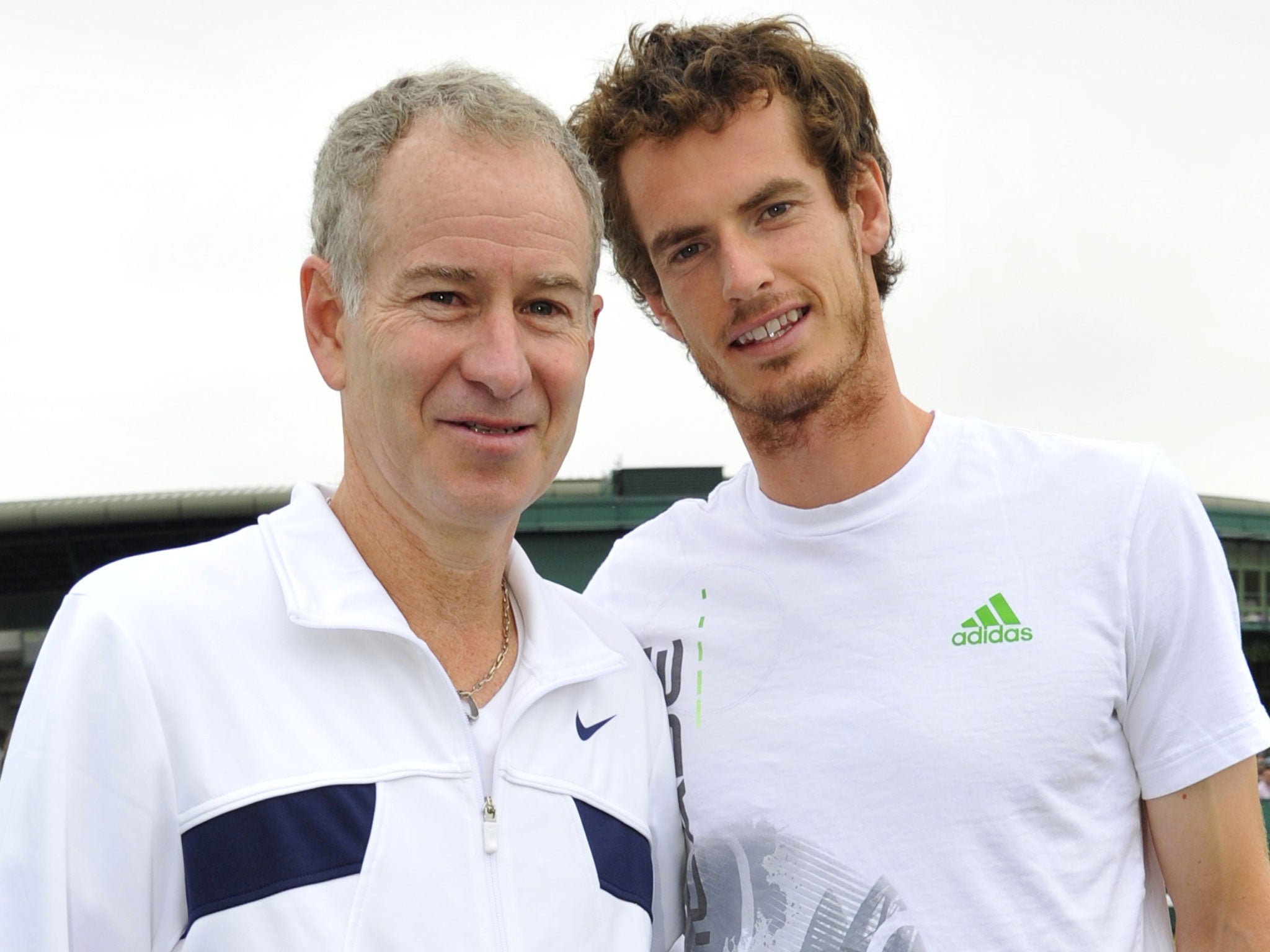It perhaps says something of tennis’s slightly misshapen role in the national consciousness that a grown up book documenting the sport’s <ital.>entire history <italoff.> doesn’t seem quite so ridiculous. It’s hard to imagine a publisher going for a social history of football is the wealth of knowledge already out there. But tennis, as Elizabeth Wilson explains in Love Game, has always been seen as a slightly effete cousin among British sports. One which envelops the country for a fortnight, but barely makes a dent for 50 weeks of the year. So it’s reasonable, you suppose, that you could capture much of the history of it in just over 300 pages.
Of course, you can’t. Not really. For those that know their McEnroes and Murrays but not their Lenglens and Lacostes, she weaves a well-drawn line straight through the game. Which is handy, but frankly, there are whole books to be read or written on tennis’s Riviera era from the 1870s to the war; on the sport’s uneasy, but in many ways pioneering relationship with gay players; on Roger and Rafa; on Gottfried von Cramm and the Nazis. Wilson addresses all here, of course and, to be fair, often in depth.
She’s particularly good on the early days of the game, when vicars promoted the sport on their vicarage lawns (a genesis shared with football Victorian rise), through to widespread adoption by the turn of the century moneyed classes.
But the human stories – many forgotten to non-tennis buffs are what gives this history some bite. Yes, we get chunks on Connors/McEnroe/Borg and the stuff we’ve seen in many a Wimbledon montage, but most fascinating are the stories of gay players like serial US Open winner Bill Tilden (shunned by the tennis world after relations with young boys, died penniless) and Von Cramm (survived being gay under the Nazis on account of his fame).
There’s also a scarcely concealed distaste at the way tennis has morphed at the altar of Big Money, with the top players unable to count their dosh while those outside the top 150 struggle to pay travel expenses, or the utterly uncontroversial banality of top players afraid to lose their deals with Nike or Adidas (or, in Andy Murray’s case a shoeing from the tabloids). Not that she advocates a return to the days of amateurism (or “shamateurism”) when only the well-off could afford to play the major tournaments and those that did were loaded with freebies, anyway.
Wilson has an occasionally annoying habit of tying too hard to tie social context with events on the court. Discussing Nadal’s 2010 US Open win, she suddenly leaps into a paragraph about Eurozone austerity, Merkel, the IMF and Max Weber, before concluding that Nadal is the perfect player for our times.
Love Game may look like the kind of title you’d find in the Wimbledon shop in the bowels of Court One. Its Nathan Burton-designed cover, a lovely pastiche of those art deco London Transport posters by the likes of Charles Paine and Frederick Charles Herrick, gives it an unthreatening look, perfect for those fortnight-a-year tennis fans. But it’s a decent read for those with a handle on the current ATP rankings, too. (Murray’s down to 8.)
Subscribe to Independent Premium to bookmark this article
Want to bookmark your favourite articles and stories to read or reference later? Start your Independent Premium subscription today.


Join our commenting forum
Join thought-provoking conversations, follow other Independent readers and see their replies